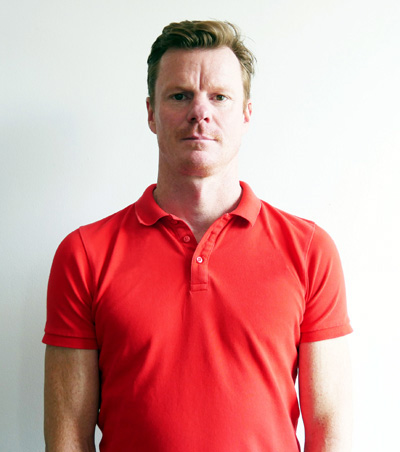I recently wrote about reviewing your season. The next step in the planning process is to look at setting some goals for the year ahead before getting into what that looks like in practical terms.
What should you consider when setting goals?
In my experience there are three important aspects to consider when setting goals. They are:
Exciting/meaningful or both
Your goal/s should be something that will have you looking forward to achieving, like setting a fast time on a known course, completing a race you’ve not done yet, or something that really means a lot to you, such as a charity event or a race distance you had previously thought you weren’t capable of.
Whatever it is, your goal/s should speak to you on some level, not something you’re doing because it’s what you’ve always done or it’s what you think is expected of you.
Challenging but realistic
Don’t set yourself up for failure by going for a goal that is unrealistic, or if you can reach it you end up not enjoying it because you’ve sacrificed so much else.
This is where a coach or training partner, someone who knows you and you trust, can help to bounce ideas off.
At the same time, if it’s going to excite you it probably needs to be something that scares you a little bit as well. Finding that balance is key.
Simple
Keep your goals clear and between one and three objectives. That’s just a rule of thumb and some people can deal with more than that, but it’s okay to accept that you’re busy with a lot going on, so don’t burden yourself with more things to worry about.
Your goals should be clear for you to aim for and aspirational to get you out the door, not an extra burden that you have to deal with.
Another thing to remember with goals is that it’s a good idea to reassess them regularly. Things change and it’s better to accept those changes have happened and adjust your goals accordingly than to blindly plough on towards stress and disappointment.
How to understand and achieve your goals
Now that you have your goals, you can begin to look at how you’re going to go about understanding and achieving them:
Analyse requirements
In practical terms, what is it going to take to achieve each goal you have set? For instance – ‘I want to swim the 1,500m in my local triathlon in under 25mins, or 1:40mins per 100m.’
Contrast with my current situation
‘My previous best is 28mins, so I need to improve by 3mins.’ Breaking that down further: ‘I know I’ve been swimming each 100m in 1:52mins, or 12secs per 100m slower than my target.’
Where is the gap in my performance?
From this, you can figure out, possibly with some testing, whether you need to be able to swim faster, or you need to work on your endurance (or both!), thus giving you some clear direction for training towards your goal.
The above is just an example, but the process for any goal is similar – ultimately, you’re looking to identify the gap you need to bridge to reach your goal. From this point you can start to consider how you are going to do it.
Taking some time to go through this process is time well spent. It will give you greater clarity in your training sessions and motivation to keep pushing through the depths of winter.
Top illustration credit: Dan Seex
